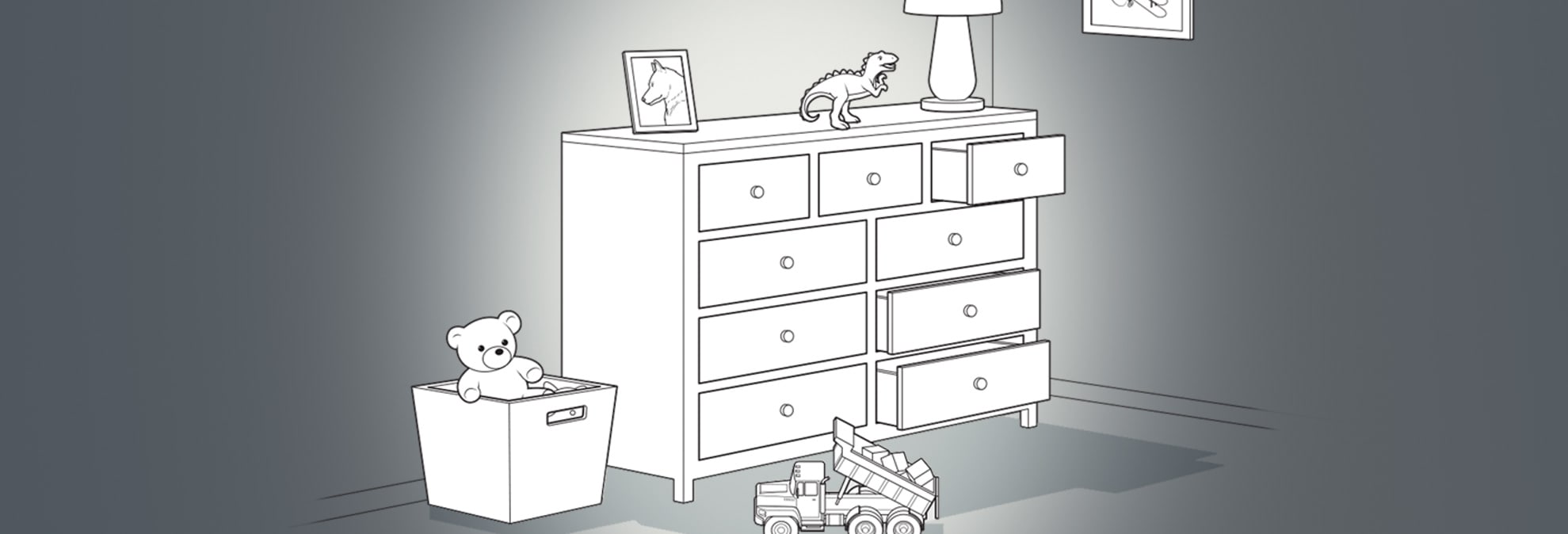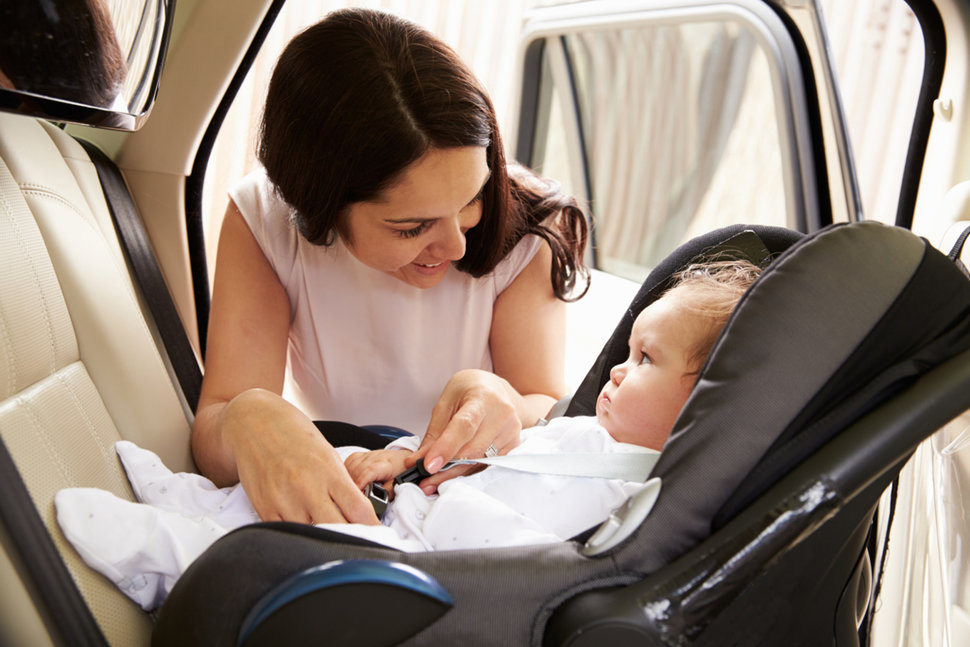I bought my turkey this past weekend. Not only did I buy it, but I even took a moment to think about how thankful I am for it. Sure I’m thankful because I love turkey, but also simply because I am fortunate enough to be able to afford a turkey. As a parent, I know full well that taking a simple weekend task like grocery shopping and turning it into a shared reflection on what our family has to be thankful for is likely to lead to some eye-rolling from my tween- and teenage children.
But the fact of the matter is that there’s no better time than the present (i.e. Thanksgiving week) to take a few moments – whether waiting in line at the grocery store or gathered with family and friends around the Thanksgiving table – and reflect on those things in your life for which you’re truly thankful. While trips to Disneyland, ipods, and the latest greatest toddler toys will understandably spring to mind first, I suggest you challenge your children, and yourself, to dig deeper. As a pediatrician and parent, I figured I’d get you started by sharing some of my own, all-too often taken for granted things to be thankful for.
Breathing through your nose. Spoken like a true pediatrician, right? But years of tending to snotty nose colds (my own, my children’s, and others’) has taught me that it’s hard to take time to stop and smell the roses if you can’t breath through your nose. You may think I’m kidding, but I’m not. Just think how many times your child’s (or your own) stuffy nose cold has kept you up at night and caused you misery. Instead of being frustrated by the annual average 6-10 colds that kids catch each year and the fact that we still don’t have a cure for the common cold, I suggest that we all remember to be grateful for each day that we wake up healthy.
Shots. I figure while we’re on the subject of waking up healthy, I’d take this opportunity to give my thanks to modern medicine and all of the medical pioneers that have given us vaccines. No, I’m not a huge fan of needles, and neither are my children. But I have such a healthy respect for the dreadful diseases we are now able to prevent by simply making sure that our children’s (and our own) immunizations are up-to-date that I count each and every shot a blessing, needles and all.
Car Seats. As someone who had 3 kids in just over 3 years – the youngest of whom only just outgrew the need for a car seat at age 10 – I am certainly aware of the parental challenges inherent in the purchasing, installing, and juggling of car seats, especially during holiday travel season. Yet despite having spent every day of the past 10 years overseeing the use of numerous seats of my own, I’m exceedingly grateful for the fact that car seats even exist, much less that they are so incredibly effective in protecting kids from harm. With nothing more important than my children’s health and safety, car seats (and all those who contribute to making sure that children are secured safely) deserve my thanks.
Cell Phones. Yes, I do have tween- and teenage children of my own. And yes, I do face the daily parental challenge posed by a world now dominated by texting tots and teens and threatened by everything from cyberbullying to sexting. But having just returned from a mobile health summit in Washington DC, I am now very, very grateful for cell phones. World thought leaders the likes of Bill Gates, Director of the National Institutes of Health Francis Collins, and the president of the Rockefeller Foundation joined over 2500 attendees from around the world who all share the belief that cell phone technology is the tool by which we will be able to reach the world’s poorest and provide them with access to better health.
Here in the United States, innovative programs like text4baby are making use of the ubiquitous nature of cell phones to put valuable health information and access to local resources right at the fingertips of pregnant women and new moms.
While I will absolutely not be thankful for any cell phones that make their way to my family’s Thanksgiving table, I will nevertheless be grateful that they exist, not just to make my life easier, but improve the health and well-being of those less fortunate than me.
Originally posted on Omaha World Herald’s Live Well Nebraska


